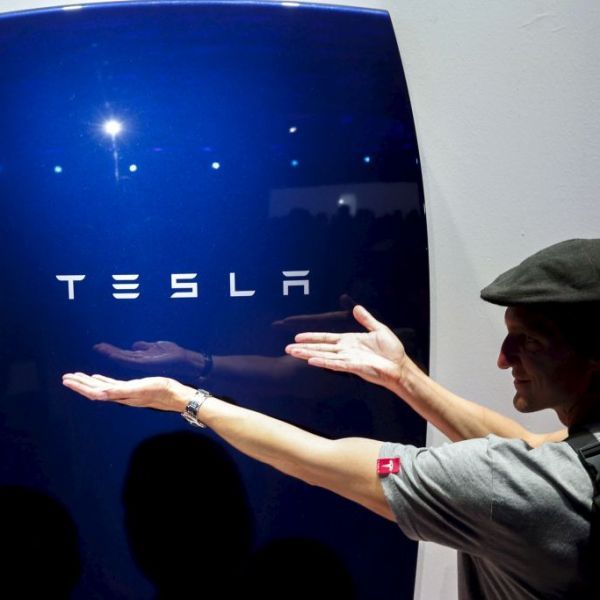Dec 24, 2015
This hoverboard costs $20,000 and can fly for six minutes
Posted by Klaus Baldauf in categories: energy, space, transportation
2015 was literally and figuratively the year of the hoverboard. While everyone was talking about the self-balancing scooters, two companies showed off skateboard-shaped boards that actually hovered a few inches above the Earth: Lexus with the “Slide” board, and Arx Pax with its second generation Hendo Hoverboard. Now, just days before the new year, another company called ArcaSpace is taking a shot at making the mythical hoverboard.
ArcaSpace is primarily a private space company, and one of the original 26 teams that competed in the Ansari X Prize competition in 2004. (It also entered the Lunar X Prize competition, too, before pulling out in 2013.) But early this morning the company released a video that shows off the “ArcaBoard,” a fan-powered rectangle that can lift a person off the ground by almost a foot.
The ArcaBoard gets its power — 430 pounds of thrust, or 272 horsepower, according to the company — from 36 electric fans. The company also says its built in some self-balancing tech to make it fly smoothly. Beyond that, though, it doesn’t look like there’s much to the experience. Dumitru Propescu, ArcaSpace’s CEO, is seen riding it in the video, but it doesn’t look like he has much control over where it’s going. It’s actually pretty reminiscent of the Hendo Hoverboard videos — sure, it hovers, but you can’t really steer it enough to ever use it to get anywhere.

















